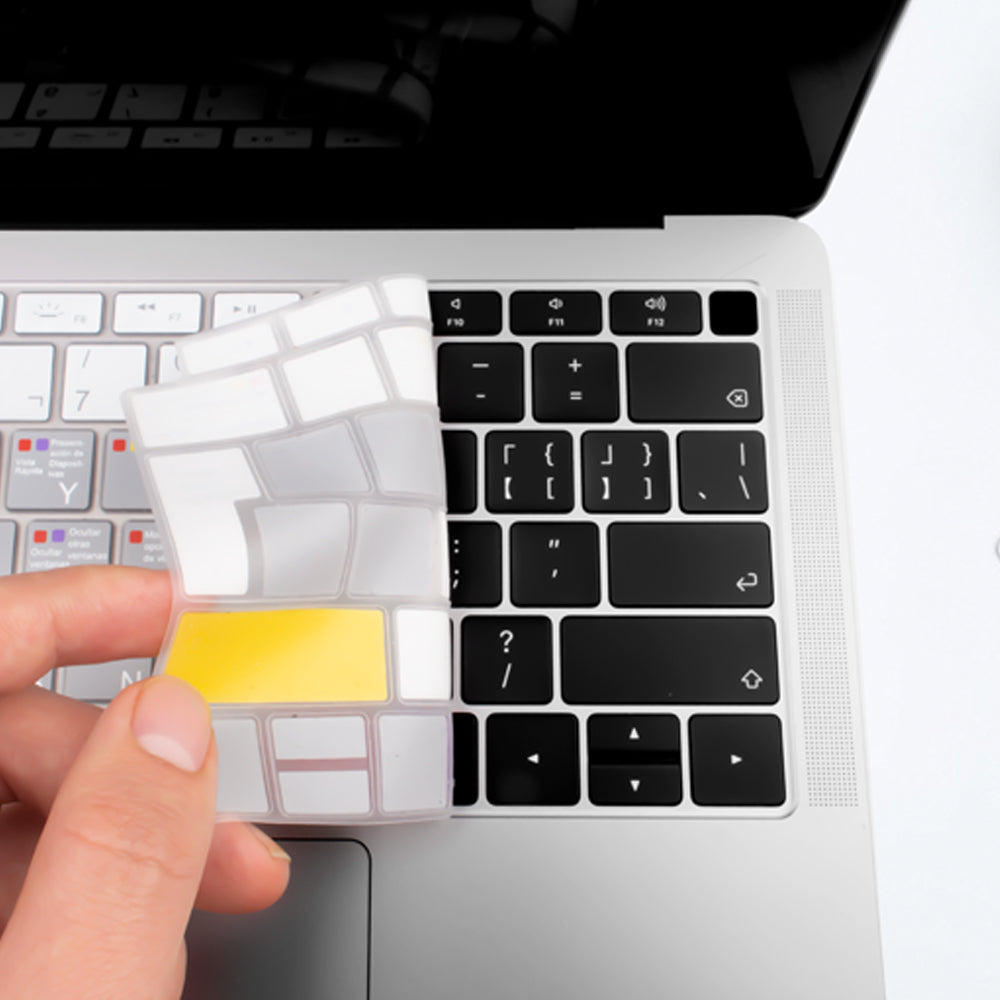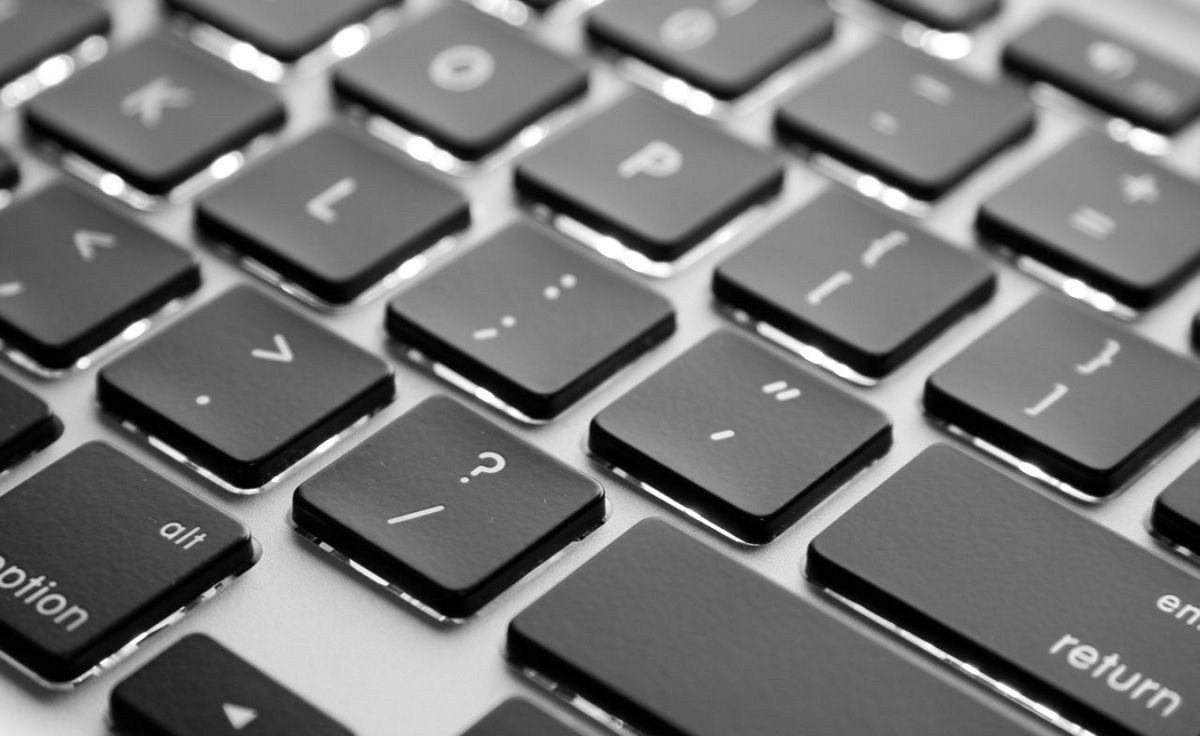
- #KEYSTROKES FOR BOOTING MAC MINI SECOND GENERATION FROM USB INSTALL#
- #KEYSTROKES FOR BOOTING MAC MINI SECOND GENERATION FROM USB SERIAL#
- #KEYSTROKES FOR BOOTING MAC MINI SECOND GENERATION FROM USB UPDATE#
- #KEYSTROKES FOR BOOTING MAC MINI SECOND GENERATION FROM USB DRIVER#
- #KEYSTROKES FOR BOOTING MAC MINI SECOND GENERATION FROM USB PC#
This term was used to indicate that the machine eschewed all of the old ports and devices: everything in it would be the latest hardware. Launched in August 1998, the original iMac was bright and bold, and one of the first so-called ' legacy-free' PCs. Goodbye to beige and the old ports - Apple's first iMac.
#KEYSTROKES FOR BOOTING MAC MINI SECOND GENERATION FROM USB PC#
While not the most robust of systems, USB was a perfect poster child for it.īut the biggest advert for USB came about through Apple's decision to wholeheartedly jump on board, with the release of a product that would shake up the whole PC industry. There was also Microsoft's heavy marketing of the phrase " Plug and Play" - a design philosophy and system requirements for PCs that had the goal of removing the complexity of setting up computers and peripherals.
#KEYSTROKES FOR BOOTING MAC MINI SECOND GENERATION FROM USB UPDATE#
Instead, it was Microsoft adding USB 1.1 support into Windows 95, via an update in the Fall of 1997. The changes in the revision were fairly minor, mostly concerning power management and device compatibility, but that wasn't what kickstarted USB adoption.

The uptake of the new system was slow at the beginning though, and it wasn't until version 1.1 was released in 1998 that things really took off. It boasted a clean, simple design and offered lots of performance.
#KEYSTROKES FOR BOOTING MAC MINI SECOND GENERATION FROM USB SERIAL#
Within a space of just two years, a full specification was published, along with the chips to control it all.Īnd thus was born the Universal Serial Bus - a replacement for the serial, parallel, and PS/2 ports. It was Intel who took the lead with the technical development, with Ajay Bhatt becoming the primary architect of the project - he would go on to do the same for AGP (Accelerated Graphics Port) and PCI Express. In 1994, such an event took place when Intel, Microsoft, IBM, Compaq, DEC, and Nortel formed a consortium, agreeing that the time was right to create a new connection system, that would meet everyone's desires and needs. Occasionally, in the world of computing, the planets align and set in motion a period of harmonious productivity, to the benefit of everyone. It would also need to have the scope to be developed and improved over the years, all while retaining backwards compatibility. System vendors wanted something more universal as well, to replace the need for lots of different sockets, and be cheaper to produce. A socket that you could plug devices in and out of, without having to restart the machine, and devices could be instantly recognized and configured for you. Naturally, consumers wanted something better: 'one port to rule them all,' so to speak. More often than not, though, PC users were required to delve into the depths of Windows' Control Panel or the motherboard BIOS, to get it all running smoothly.Ī familiar sight to '90s PC users trying to attach a peripheral.
#KEYSTROKES FOR BOOTING MAC MINI SECOND GENERATION FROM USB DRIVER#
If all went well, with a bit of luck and a quick reboot after the driver install, that was all you needed to get things working.

#KEYSTROKES FOR BOOTING MAC MINI SECOND GENERATION FROM USB INSTALL#
In fact, none of these interfaces could identify what the device was: essentially, you'd have tell the computer what it was and manually install the right drivers for it. What if you accidentally stuck a mouse into the socket for the keyboard? It just wouldn't work, as the PC wouldn't know that the wrong device had been plugged in. Printers and scanners hooked up to a parallel port, via a 25-pin connector, and everything else via the classic serial port. Mice and keyboards almost always used the serial PS/2 port, with each one having a dedicated 6-pin socket. One DE-15 VGA socket, two DE-9 serial and one DB-25 parallel ports, and two PS/2 connectors. Connecting peripherals and devices to such computers was often a frustrating experience, thanks to the oddities and limitations of each interface. Unlike PCs today, machines from 30 years ago sported a glut of wildly different sockets and communication systems.

Wireless connections and cloud services weren't yet available, so printing, copying photos, or using external storage all required to be physically hooked up to a computer. This was a time when Pentium was the buzzword of choice, Windows was 3.1, and personal computers were boring beige boxes. To begin our story, we need to go back to the early 1990s, just before USB appeared. Welcome to our explainer on the inner workings of USB, and a look at how it's managed to survive for so long when others have come and gone. The sockets have changed over time, but no matter what you plug, the host computer always seems to know what the device is.īut how exactly does that happen? How does it know when a mouse has been connected, and not a printer? What's the difference between USB 2.0 and USB 3.2 SuperSpeed? All we've ever needed to do was plug them in and watch it all magically work. For 25 years, the USB port has been a faithful old friend, connecting and powering our everyday gadgets and peripherals.


 0 kommentar(er)
0 kommentar(er)
